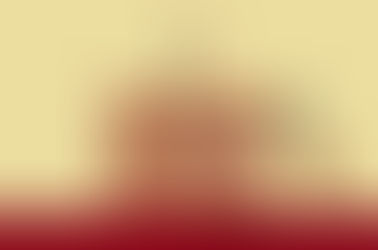The Heart
- May 14, 2024
- 2 min read
The heart is a muscular organ that is continually contracting and relaxing in order to pump blood around the body. It is made of a special kind of muscle called cardiac muscle.

The pumping action of the heart maintains a constant circulation of blood around the body.
The walls of the heart are composed of cardiac muscle which contracts without nerve impulses and does not get tired.
Chambers of the Heart
The heart is divided into four chambers. The two on the right contain deoxygenated blood and are completely separated from the two on the left, which contain oxygenated blood, by the septum.
• The top two chambers, called atria, have thin walls and they collect blood entering the heart from the anterior and posterior vena cavae and the pulmonary veins. Their walls are thin because they only have to pump blood a short distance into the ventricles.
• The bottom two chambers, called ventricles, have thick walls and they pump blood out of the heart via the pulmonary artery and aorta. Their walls are thick because they have to pump blood longer distances around the body and to the lungs.
Valves are present between each atrium and ventricle, and in the pulmonary artery and aorta as they leave the ventricles, to ensure that blood flows through the heart in one direction.
Heart Beat
The atria and ventricles at the two sides of the heart contract and relax together. The contraction of a chamber is called systole and its relaxation is called diastole. The heart beats on average 75 times per minute.
One heart beat or cardiac cycle involves the following:
• Diastole – the atria and ventricles relax together, the semi-lunar valves close, the atria fi ll up with blood from the anterior and posterior vena cavae and pulmonary veins, and the blood flows into the ventricles.
This takes 0.4 seconds.
• Atrial systole – the atria contract together forcing any remaining blood through the tricuspid and bicuspid valves into the ventricles. This takes 0.1 seconds.
• Ventricular systole – the ventricles contract together, the tricuspid and bicuspid valves close and blood is forced through the semi-lunar valves into the aorta and pulmonary arteries. This takes 0.3 seconds.
Circulation

During one complete circulation around the body, the blood flows through the heart twice, therefore, humans have a double circulation:
• In the pulmonary circulation, blood travels from the right ventricle through the pulmonary arteries to the lungs to pick up oxygen and lose carbon dioxide, (it becomes oxygenated). It then travels back via the pulmonary veins to the left atrium.
• In the systemic (body) circulation, blood travels from the left ventricle through the aorta to the body where it gives up oxygen to the body cells and picks up carbon dioxide, (it becomes deoxygenated). It then travels back via the anterior or posterior vena cava to the right atrium.
An ECG (electrocardiogram) is a test that records the electrical activity of your heart, including the rate and rhythm. It's usually quick and painless. read more.
Major Blood Vessels in the Human Body

Test Yourself
The Heart & Cardiac Cycle Quiz
Integrated Science Compiled by Mr. K. Waite



























Comments